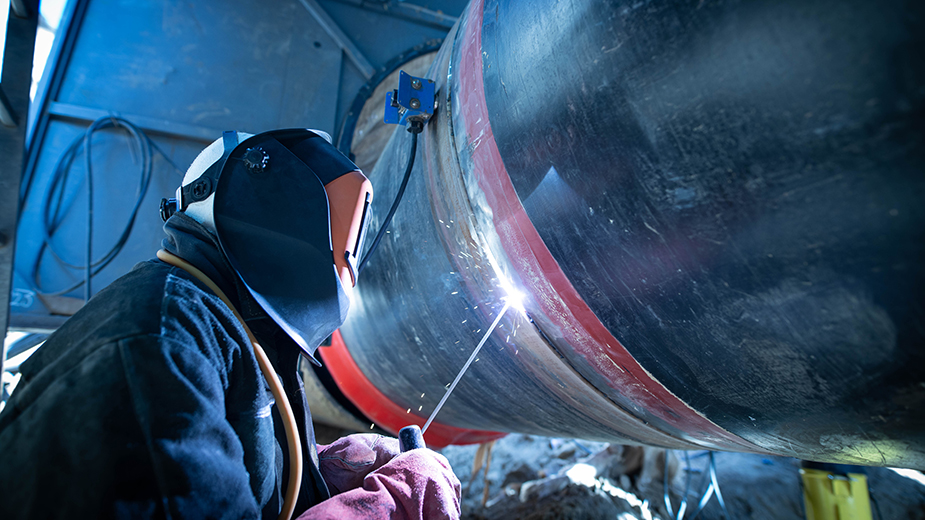YOUNGSTOWN – In its study “Recovery: Job Growth and Education Requirements Through 2020,” Georgetown University estimated that from 2010 until the end of last year, there would be 55 million job openings in the United States, 31 million of which result from retiring baby boomers.
Of the available jobs, 52% are considered middle-skills positions, requiring education beyond high school, but not necessarily a four-year degree, according to the National Skills Coalition. Just 43% of America’s workforce, however, has had the skills training necessary to fill those in-demand careers.
In Ohio, the coalition estimates 54% of available jobs are middle-skills positions, with 46% of the workforce educated to do the work. The numbers aren’t much different in Pennsylvania, where 53% of the jobs in the commonwealth are middle-skilled and 42% of workers have the required education.
During Career & Tech Education Month, career and technical schools are working to call attention to the careers most in-demand, as well as the programs they offer that will prepare individuals to work those jobs.
Among the more popular industries in need of workers are health care, child care, automotive, heating ventilation and air-conditioning, and electricians, says the director of Trumbull Career and Technical Center, Mary Flint.
“We have an aging workforce and these people are going to retire,” she says. “Those are very good jobs and people have hung onto those for a number of years because of great wages and benefits.”
TCTC enrolls 950 to 1,000 students annually and, as of Feb. 9, had 343 incoming juniors for the upcoming school year.
“We’re still pretty early in the game. We do have applications that are waiting to be processed. So that number will go up,” she says.
Among the TCTC programs that typically fill fast are welding, health care and agricultural programs, as well as animal science, she says.
The Association for Career & Technical Education reports that on average, 93% of tech school students graduate from high school, compared to the average national freshman graduation rate of 80%. And 91% of high school grads who earned two to three career and technical education credits enrolled in college.
Moreover, research in Texas, Colorado and Virginia finds that graduates with technical or applied science associate degrees out-earn holders of baccalaureate degrees by $2,000 to $11,000.
The association also reports:
• 27% of people with less than an associate degree, including licenses and certificates, earn more than the average holder of a baccalaureate.
• Half of all STEM jobs call for workers with less than a baccalaureate.
• Health care occupations are projected to grow 18% by 2026, adding more than two million new jobs.
• Three million workers will be needed for the nation’s infrastructure in the next decade, including designing, building and operating transportation, housing, utilities and telecommunications.
• More than 80% of manufacturers report that talent shortages will affect their ability to meet demand.
